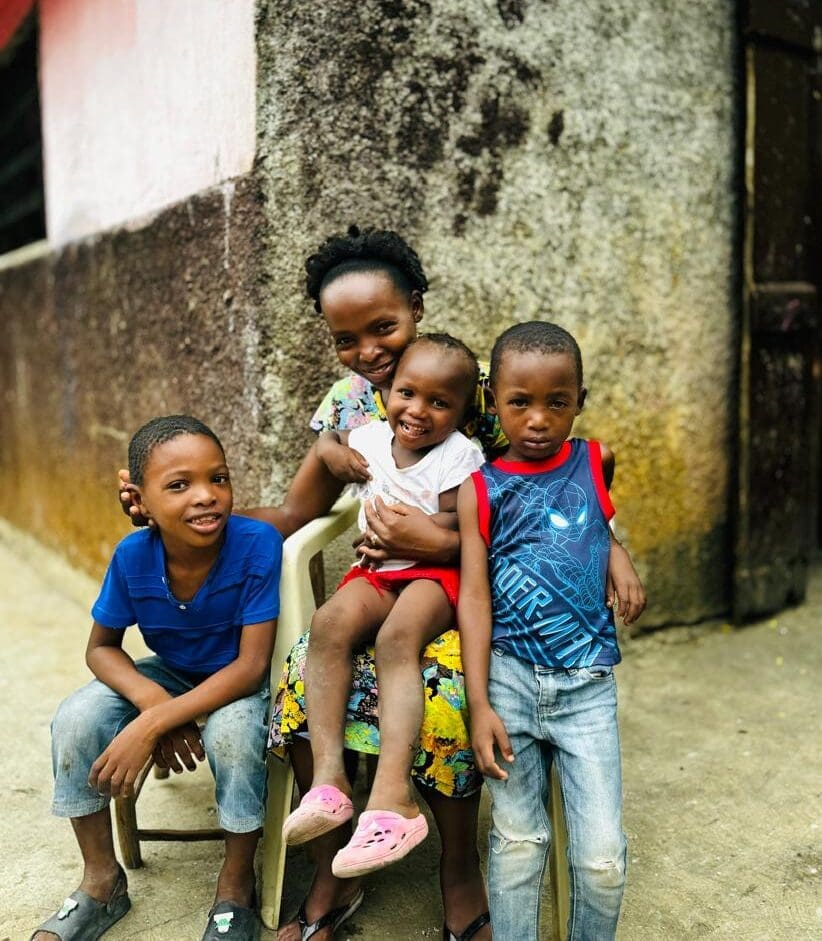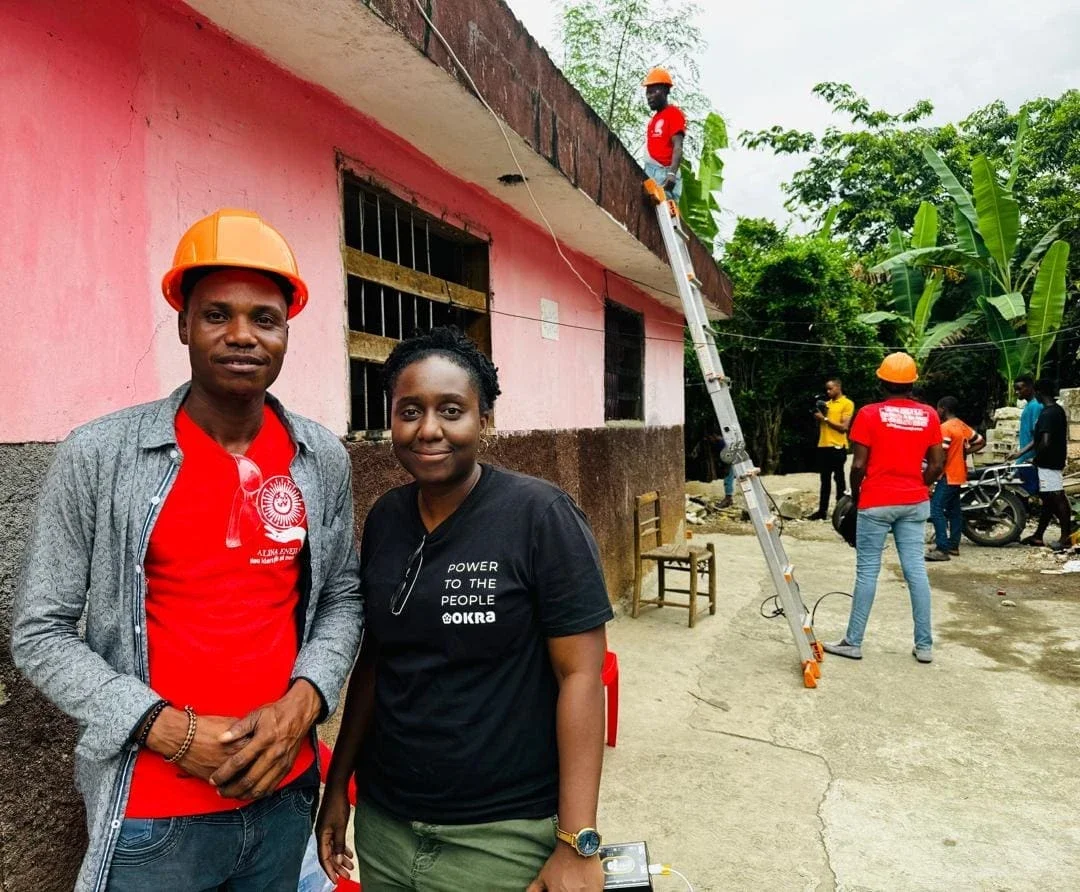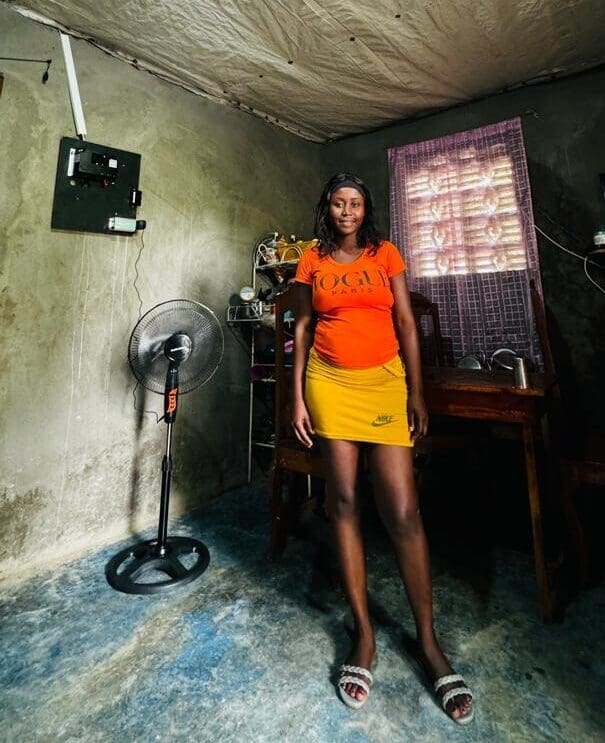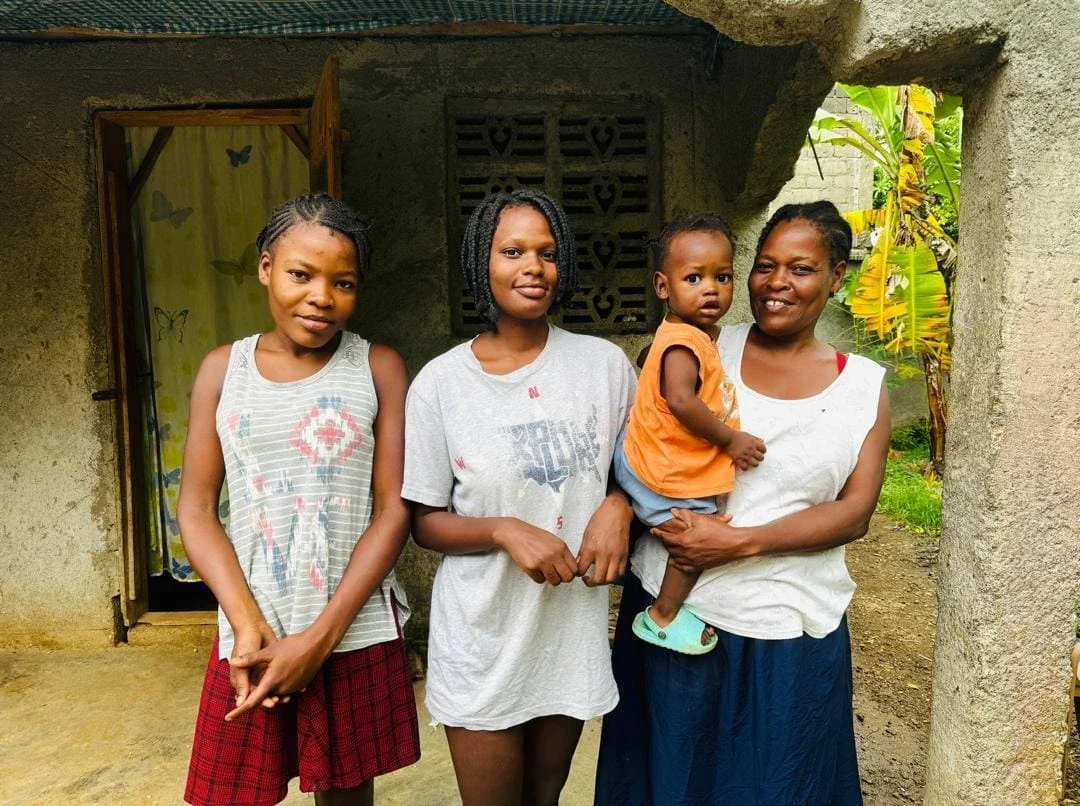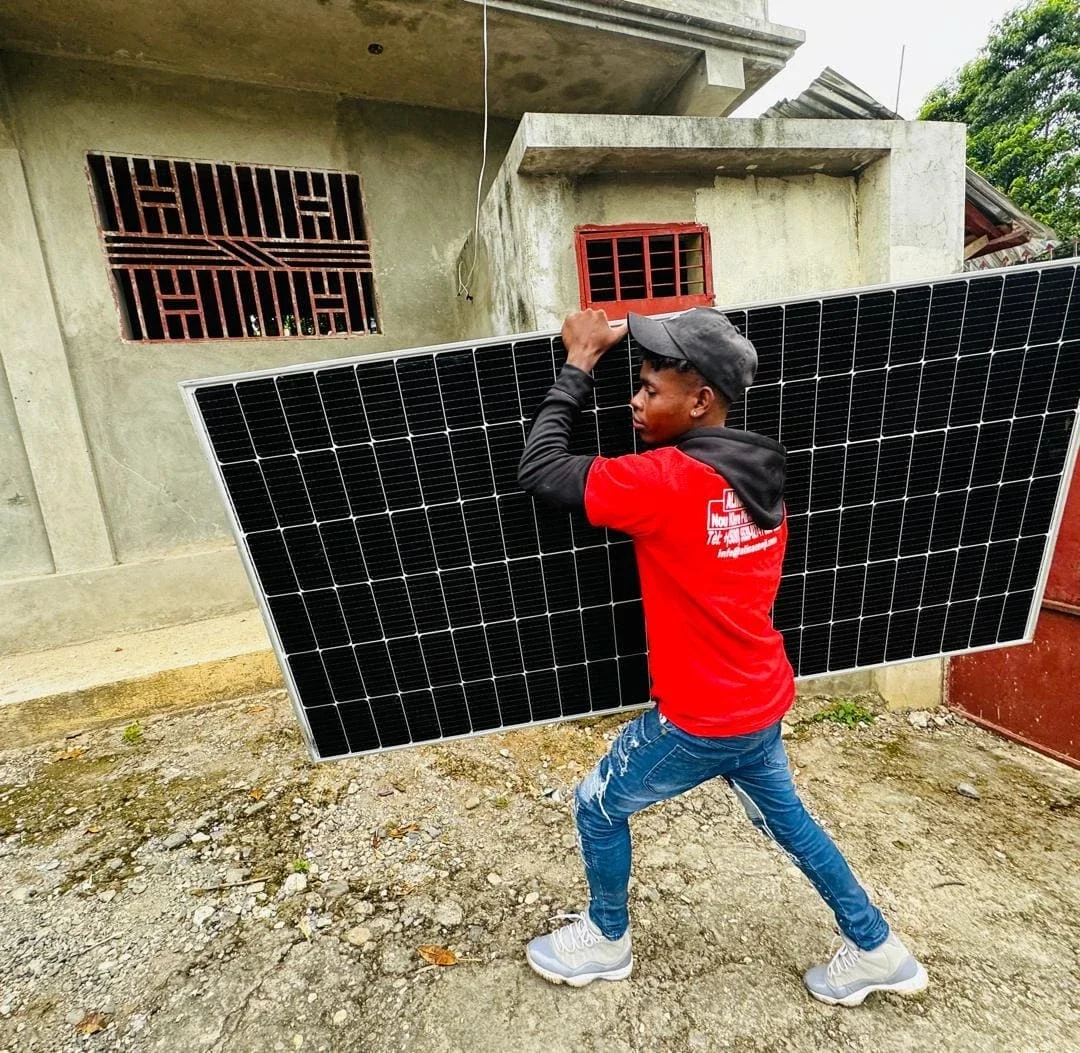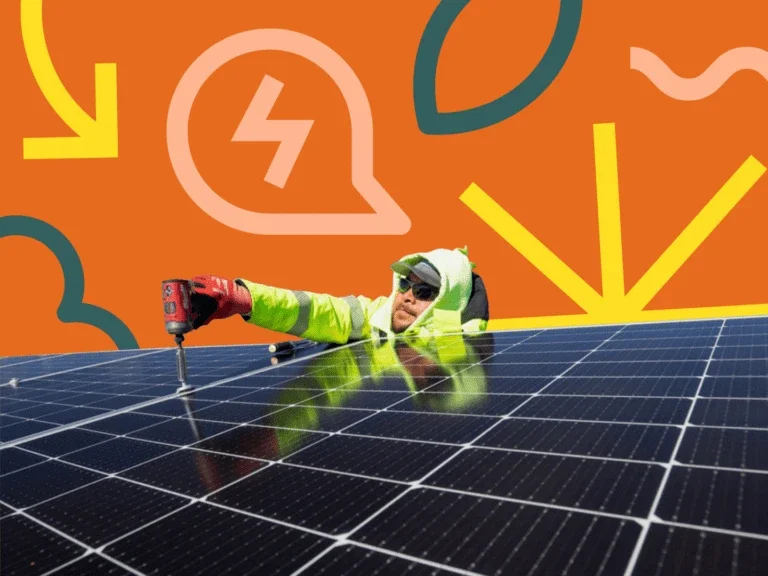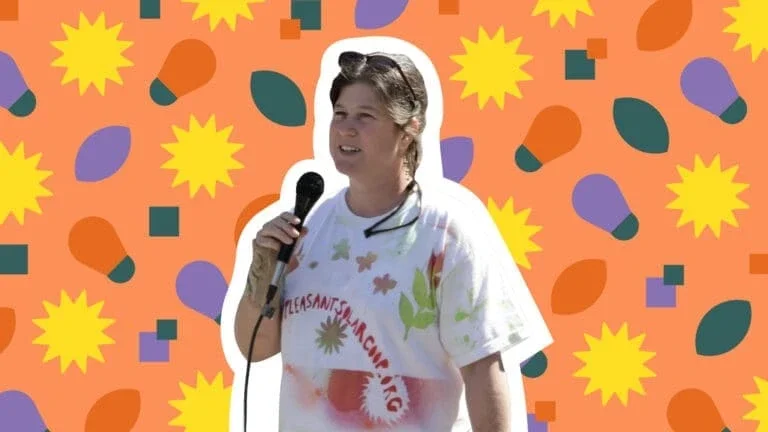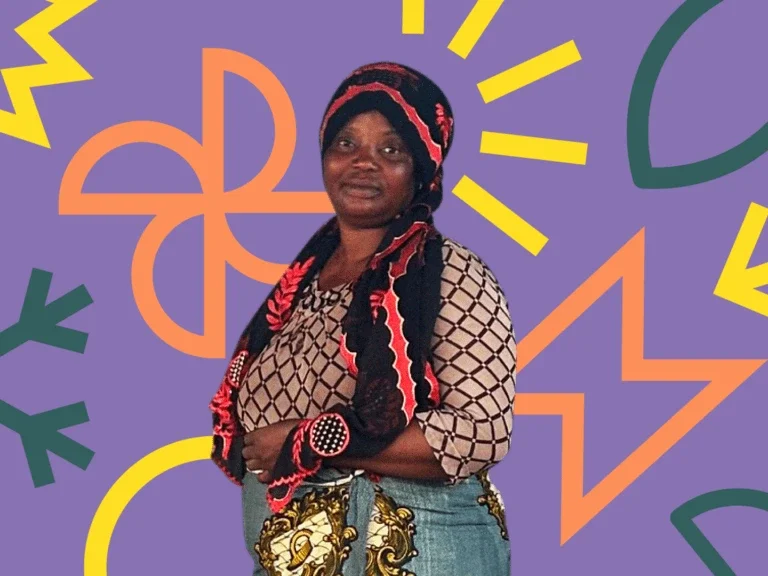You should be able to turn on your light, no matter how much money you make.
Driko DucasseFounding Managing DirectorAlina Enèji
By the Numbers
- 0MillionMillion
people live in Haiti
- ~0%%
of Haitians live on less than $3.65 per day, making it the poorest country in Latin America and the Caribbean
- ~0%%
of Haitians lack consistent access to electricity, and that drops to about 2% percent in rural areas
Mesh Grids Power Up Remote Haiti
Here’s how it works:
Some households are equipped with their own solar panels and a smart Okra Pod device which manages power generation, storage, and distribution. Okra calls these hubs. Neighboring households, called spokes, are interconnected to share power from the same system and maximize the use of solar equipment.
The “hub” and “spoke” households interconnect to form a mesh grid network. Households share electricity, allowing for the productive use of energy for every house in the network.
Okra Pods monitor energy production and consumption in real-time along with remote billing and metering. The system automatically balances supply and demand across the grid, ensuring that everyone in the community gets the electricity they need.
Mesh grids can be a game-changer for remote and underserved communities.
They require far less infrastructure and are 40 percent cheaper than mini-grids, largely because of the low distribution cost of cables. As they are deployed on a household level, no extra land is needed, significantly reducing project development costs, said Indranil Roy, Okra Solar’s Country Manager for Haiti.
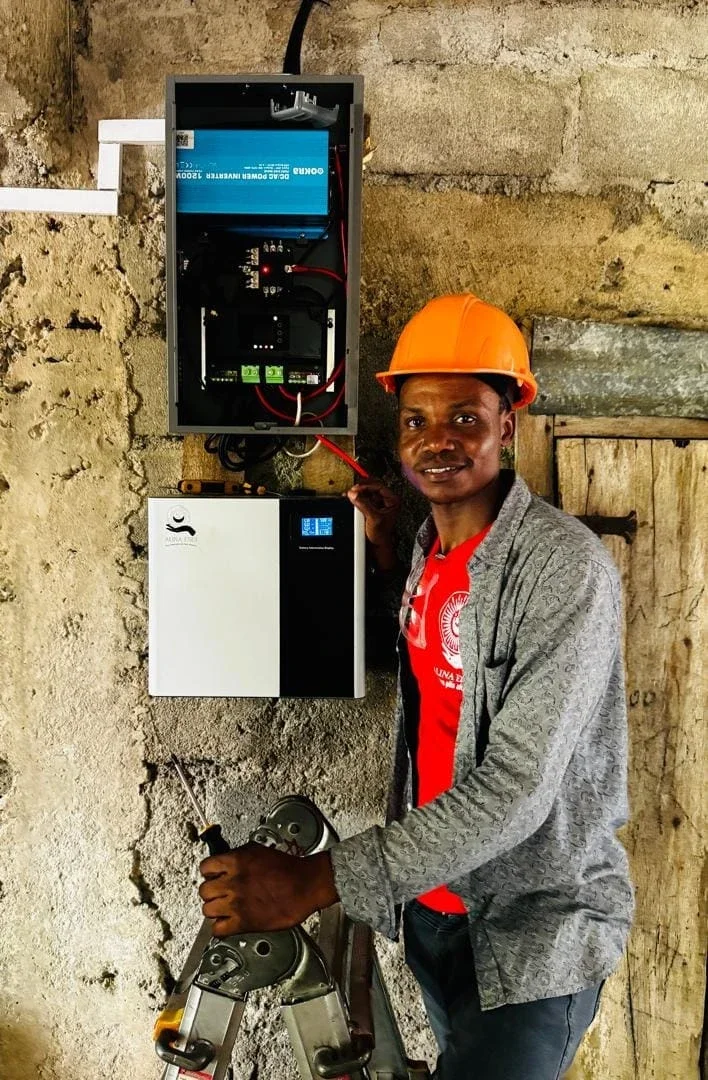
Alina Enèji started in 2021 with 35 houses and has powered 3,000 households so far. Their goal: 10,000 home by 2025 and 40,000 by 2027.
Visiting communities to check on mesh grid installations, Thevenin sees first-hand how much the arrival of electricity means.
“It’s hard to put into words the impact this has,” she said. “People welcome you into their homes. They treat you like family. You sit on their beds. They give you gifts to take home.”
Electricity means people can be more productive, create or expand businesses, and increase their standard of living, Ducasse said. But it also means they have access to simpler pleasures.
“Because they have porch lights, now they can sit outside at night together and have a conversation,” he said. “And that matters. Haiti can be stressful. Relaxing in the evening with neighbors improves their lives.”
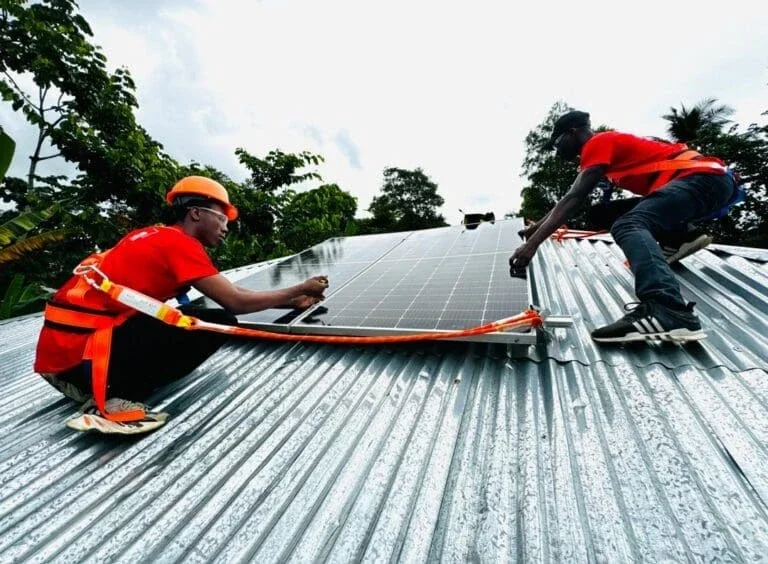
More in this Matter of Impact Edition
Transformative Initiatives To Add Nature to the Balance Sheet
A look at what it means to add nature to a corporate ledger, and how The Rockefeller Foundation fellows are helping create this systems change.
read moreNurturing Climate Finance Leaders in Vulnerable Nations
V20 Finance Fellows are being equipped with the tools and skills to help their countries prepare for the financial impacts of climate change.
Read More